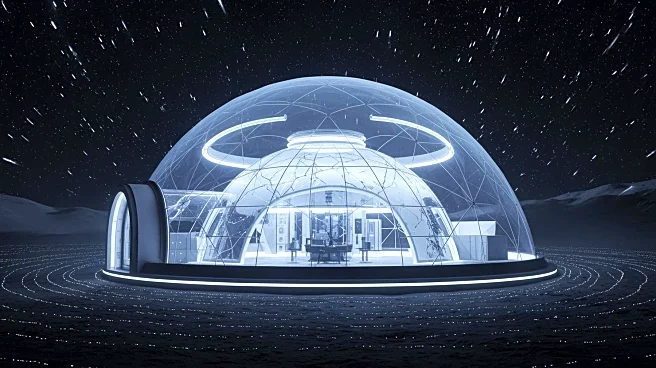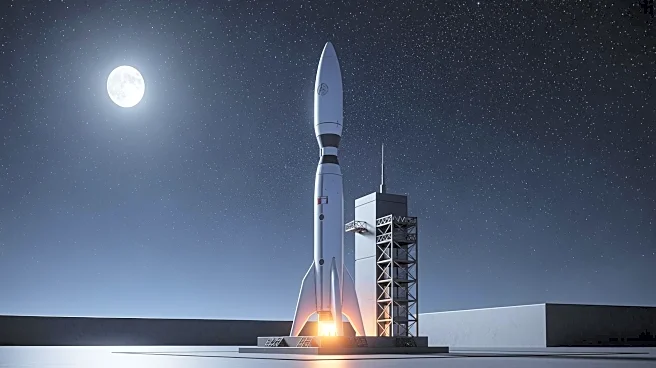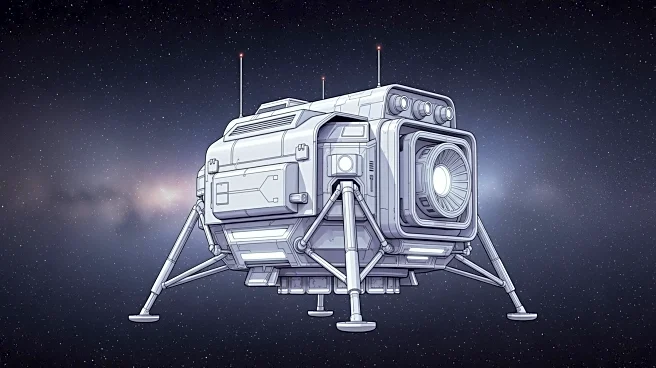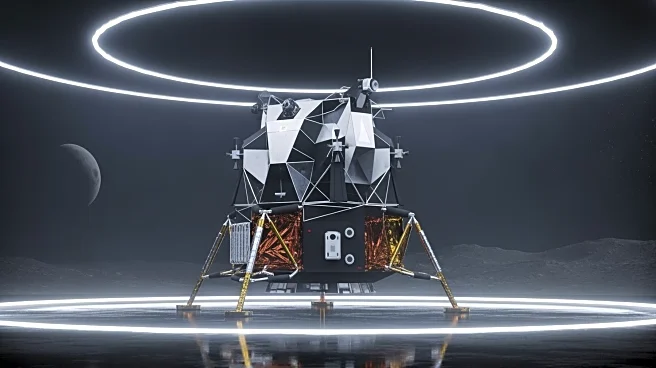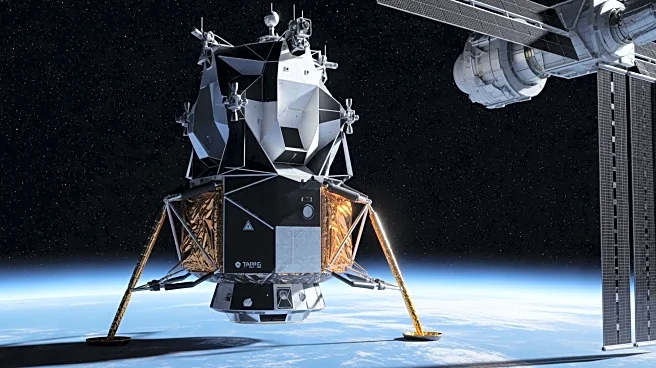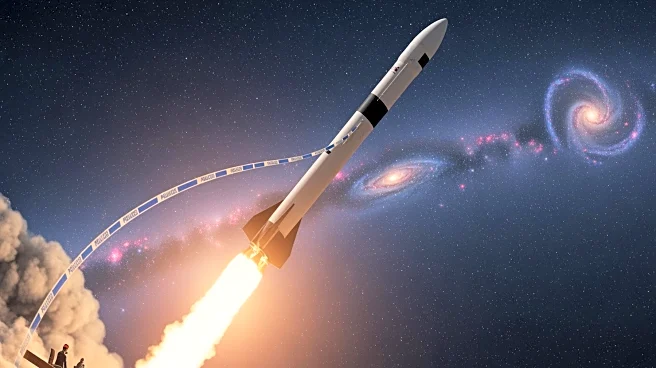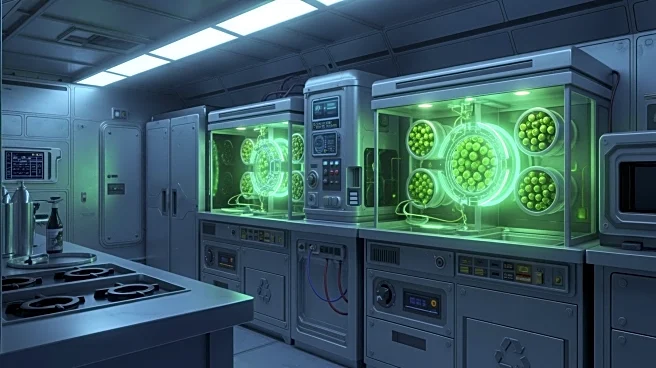What's Happening?
A new analysis led by Daniel Yahalomi has quantified the impact rates of micrometeoroids on a hypothetical lunar base, using NASA's Meteoroid Engineering Model. The study estimates between 15,000 and 23,000
impacts per year from particles ranging from a millionth of a gram to ten grams. These micrometeoroids pose a significant threat to lunar habitats, as even tiny particles can cause damage due to their high velocity. The research emphasizes the need for robust protection systems, such as aluminium Whipple shields, to safeguard future lunar bases.
Why It's Important?
As NASA's Artemis program aims to establish a permanent lunar base, understanding the micrometeoroid threat is crucial for ensuring astronaut safety and the longevity of lunar infrastructure. The findings highlight the hostile nature of space environments and the challenges of maintaining human presence on the Moon. This research could influence the design and materials used in constructing lunar habitats, ensuring they can withstand the constant bombardment.
What's Next?
NASA and other space agencies will likely incorporate these findings into the planning and construction of lunar bases, focusing on developing effective shielding technologies. Future missions may prioritize locations with lower impact rates, such as the lunar poles, to minimize risks. Continued research will be essential to refine protection strategies and ensure the safety of astronauts.
Beyond the Headlines
The study underscores the importance of considering environmental factors in space exploration and the need for innovative engineering solutions. It may lead to discussions about the ethical implications of human expansion into space and the potential impact on celestial bodies.
